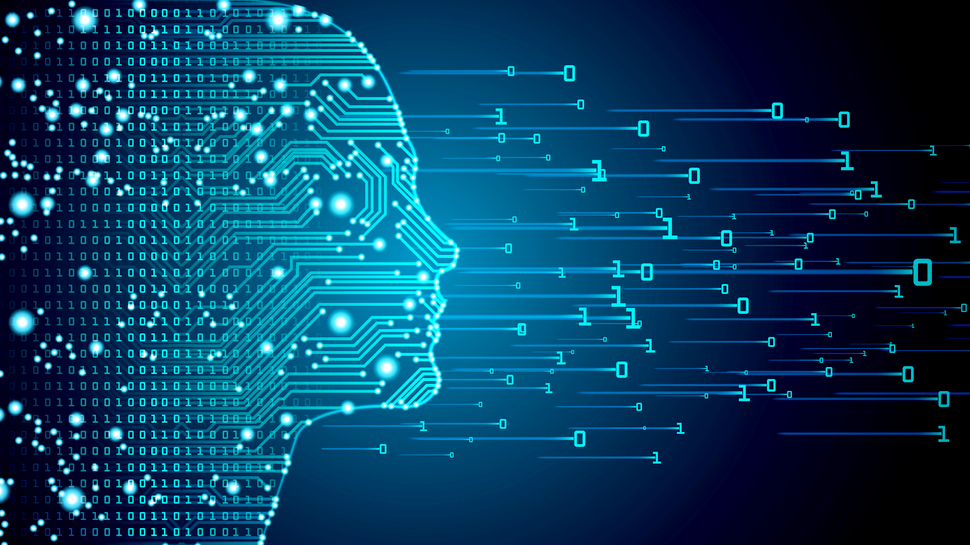
Although the PC as we know it has always been a useful tool helping us to connect and collaborate across all aspects of our lives, its importance as an enabler of connection escalated dramatically during 2020. During that period, we saw how critical the PC is to us as humans navigating an ever-changing world.
Fast-forward three years, and we have reached another pivotal moment of change for the world of work with technology at the center – this time with generative AI (GenAI). The rise of automation, AI, and machine learning (ML) is continuously making headlines, transforming industries, and further disrupting traditional business models. The advances we’ll see from GenAI will likely compare to the introduction of the PC 40 years ago when it brought unseen levels of productivity to the world and forced businesses to modernize.
But what does this new era mean for the PC device specifically? And what developments will play a role in the PC-human experience as the workplace continues to change? Various AI assistants have already been making a name for themselves as highly valuable workplace tools, but what is the next phase for PCs as these ‘helpers’ become increasingly commonplace and advanced? Answering these questions starts with looking at where we are today.
UK CSG Director at Dell Technologies.
The here and now
When we asked UK IT decision-makers this year about their appetite for and adoption of GenAI, 71% said they anticipated increased IT spending in the upcoming year to fuel AI initiatives. The research showed that many UK organizations that have progressed beyond the pilot stage of GenAI implementation are optimistic about its potential, with 80% reporting having already adopted centralized decision-making structures or centers of excellence to manage GenAI initiatives effectively. This suggests that significant business transformation is already in motion today and is set to progress at pace.
The opportunity
Although the gains from adopting GenAI within IT infrastructure are incredibly exciting, the PC has just as much opportunity to help drive human productivity by becoming more intelligent, self-aware and user-aware.
At a fundamental level, PCs embedded with software that uses AI to automatically configure itself to run apps faster, preserve battery life and block out unwanted background noise on conference calls allow users to be far more productive.
Looking at the bigger picture, recent demonstrations of PCs embedded with GenAI technology have consistently proved how humans can collate and create information more rapidly than ever before. Leveraging an intelligent commercial PC enables humans to put ideas and creativity at the center – shifting the human dynamic towards creativity, problem-solving and innovation.
The power of the PC to also assist in developing GenAI continues to increase. Workstations that support GPU and multi-GPU acceleration, CPU multi-threading, and more have the ability to help app developers train large AI models locally on one device. Therefore, the PC’s evolution also becomes essential to preparing, developing, prototyping, and deploying GenAI models.
As we ask the workforce to adapt and our devices to do more in this way, businesses must equip their people with the right tools and skills to help leverage them effectively. Businesses will increasingly require PCs that use language modelling, language processing and machine learning to improve the user experience. However, there will also need to be re-skilling initiatives to help the workforce get the most out of it. Furthermore, these PCs will also require a new architecture that doesn’t purely rely on the CPU or GPU for processing. Manufacturers will, therefore, need to work actively with partners throughout the industry to turn this new architecture into reality.
The long-term outcomes
The PC’s future in the world of work is about changing to become part of the workforce and a true digital partner to human beings. Instead of primarily command-and-control interactions through a keyboard and mouse, there will be additional non-text-based ways to prompt technology to have a bi-directional experience between humans and PCs. As this ‘partnership’ becomes more embedded, we’ll see the PC move beyond driving human productivity to driving human performance. But this will require individuals to reimagine how they work with today’s familiar laptop and desktop and leaders who recognize the need to act on modernizing before it’s too late.
As we look ahead, the future holds exciting possibilities for collaboration and co-creation with the PC using voice commands, visual cues, and gestures. It’s possible that our PCs will evolve to the point where they can interpret our moods, facial expressions, tone of voice, and even subtle changes in typing patterns. This kind of digital “partnership” has the potential to create a more immersive experience that delivers results precisely when we need them. Rather than simply searching or reading, we may find ourselves prompting and directing our device, with them understanding our needs better in return.
As the PC becomes more intelligent and capable of performing tasks previously thought to be beyond their reach, there is immense opportunity for the entire ecosystem, including the humans that comprise the workforce. We are at an inflexion point where end-user experiences will likely change for the better, and the pace of change will be fast. It’s an exhilarating opportunity, but the key to success will be adaptability, creativity, and a willingness to embrace change.
We’ve featured the best business smartphone.
This article was produced as part of TechRadarPro’s Expert Insights channel where we feature the best and brightest minds in the technology industry today. The views expressed here are those of the author and are not necessarily those of TechRadarPro or Future plc. If you are interested in contributing find out more here: https://www.techradar.com/news/submit-your-story-to-techradar-pro


















+ There are no comments
Add yours